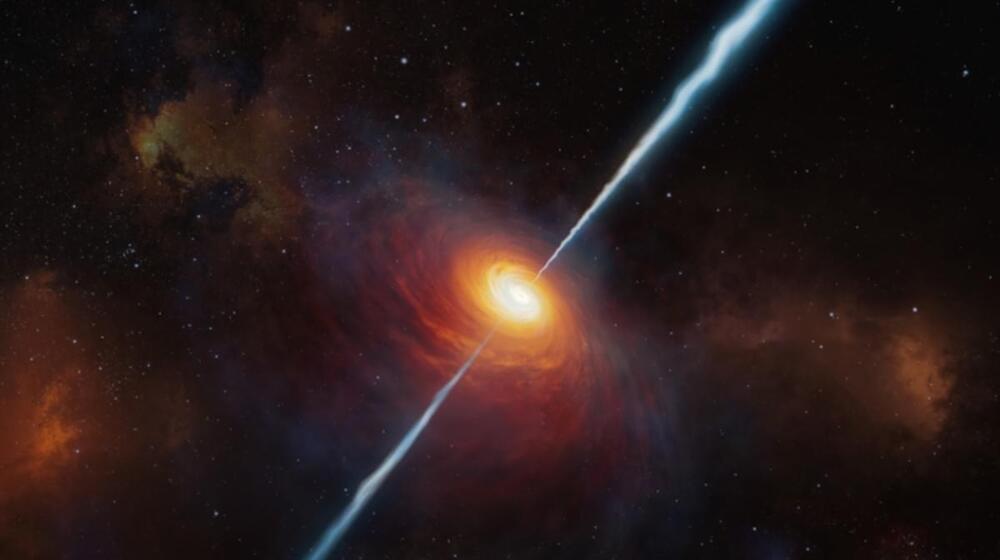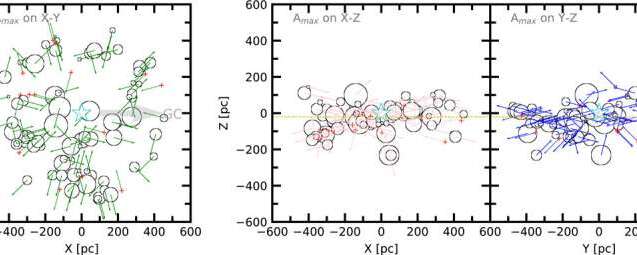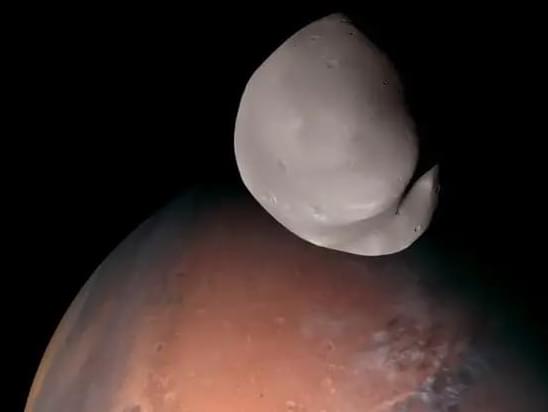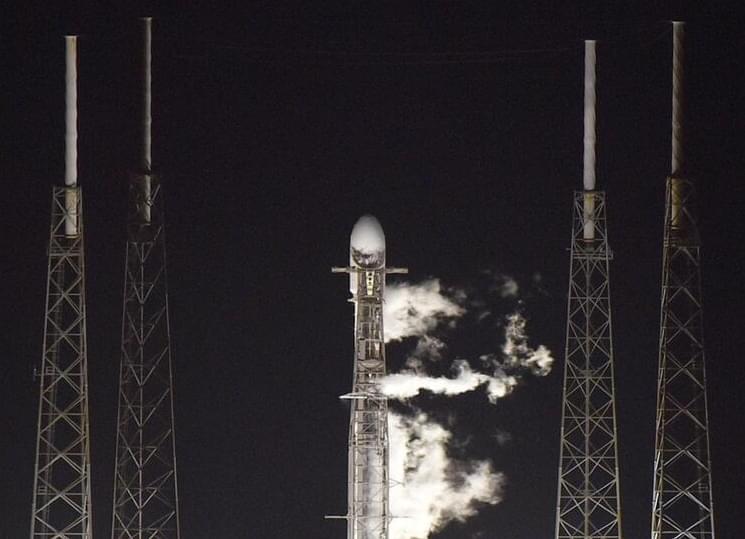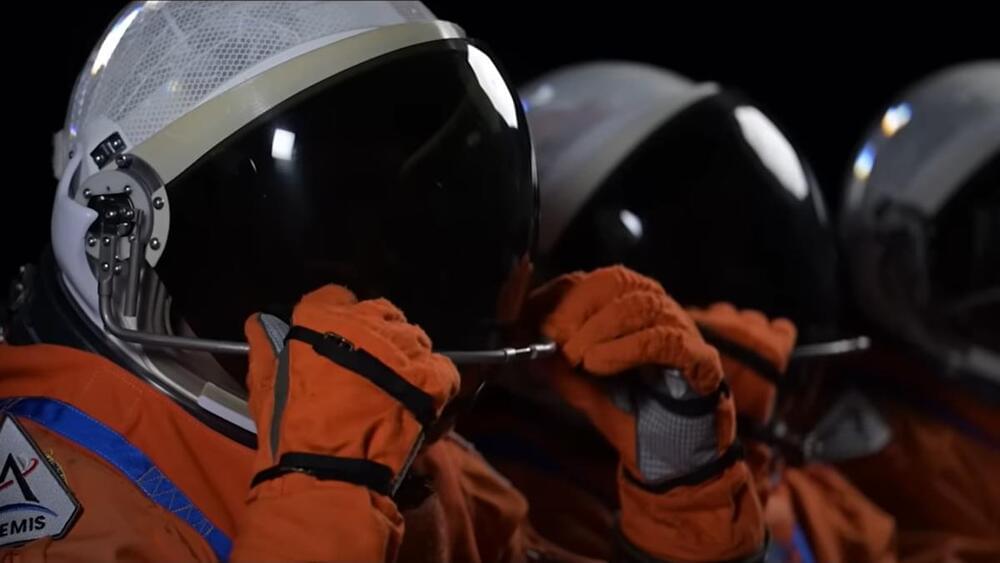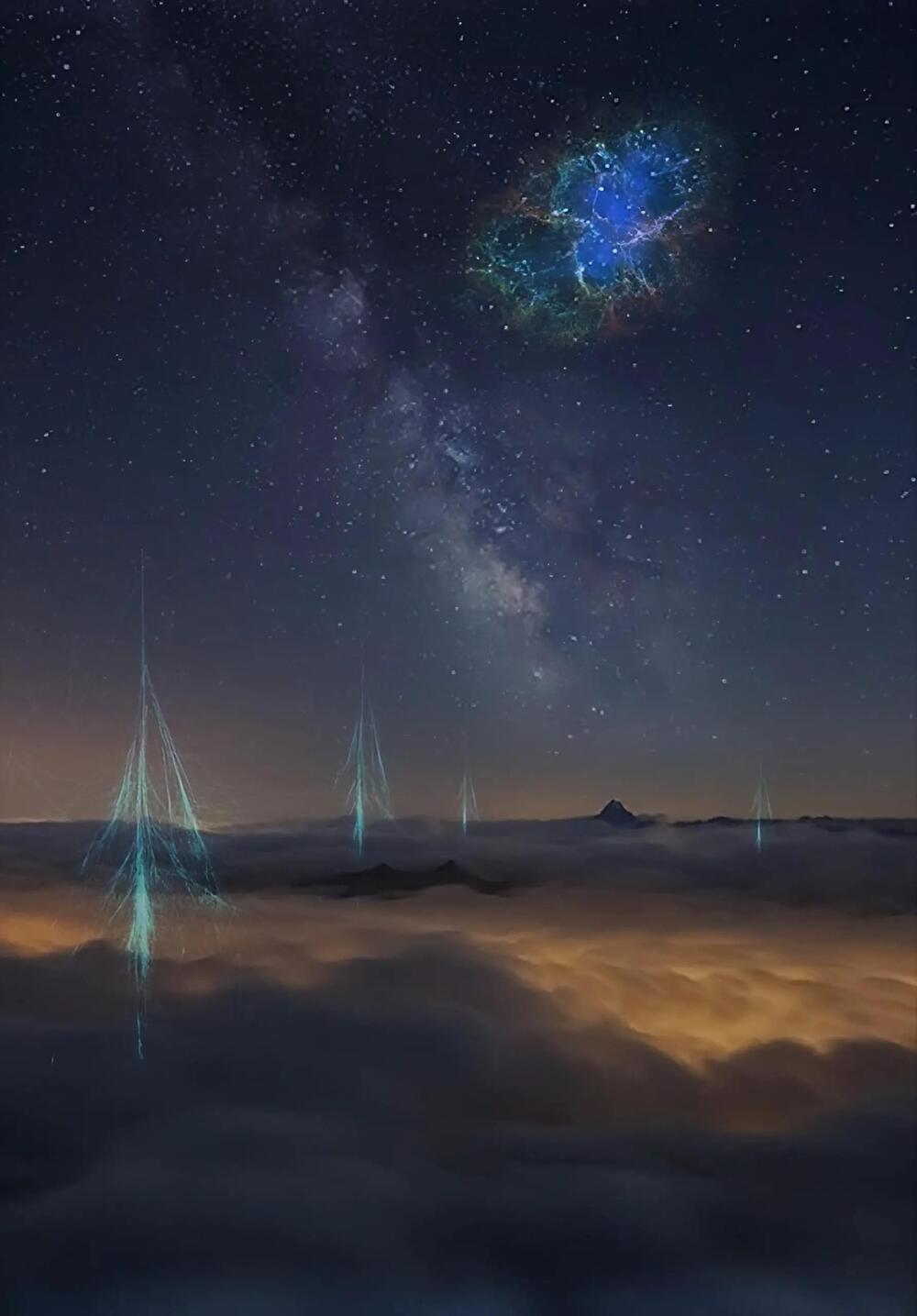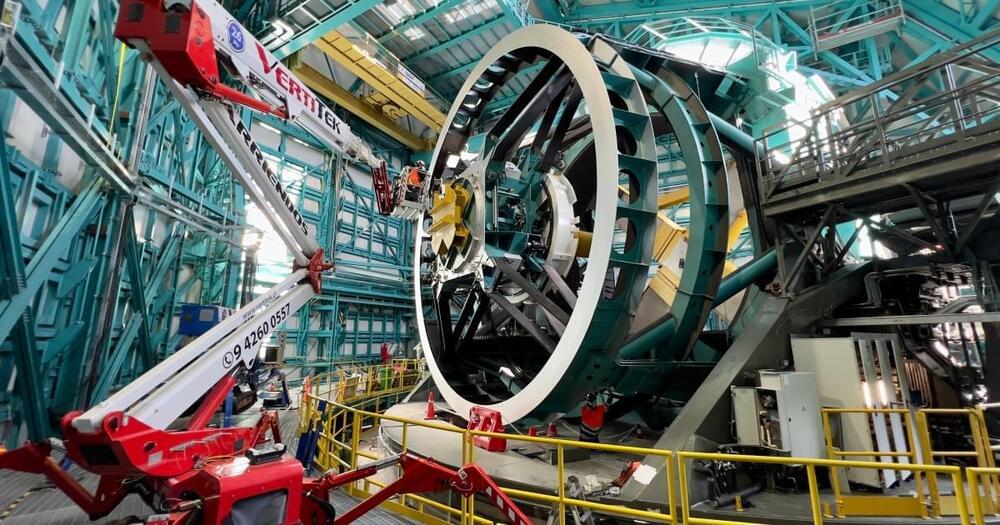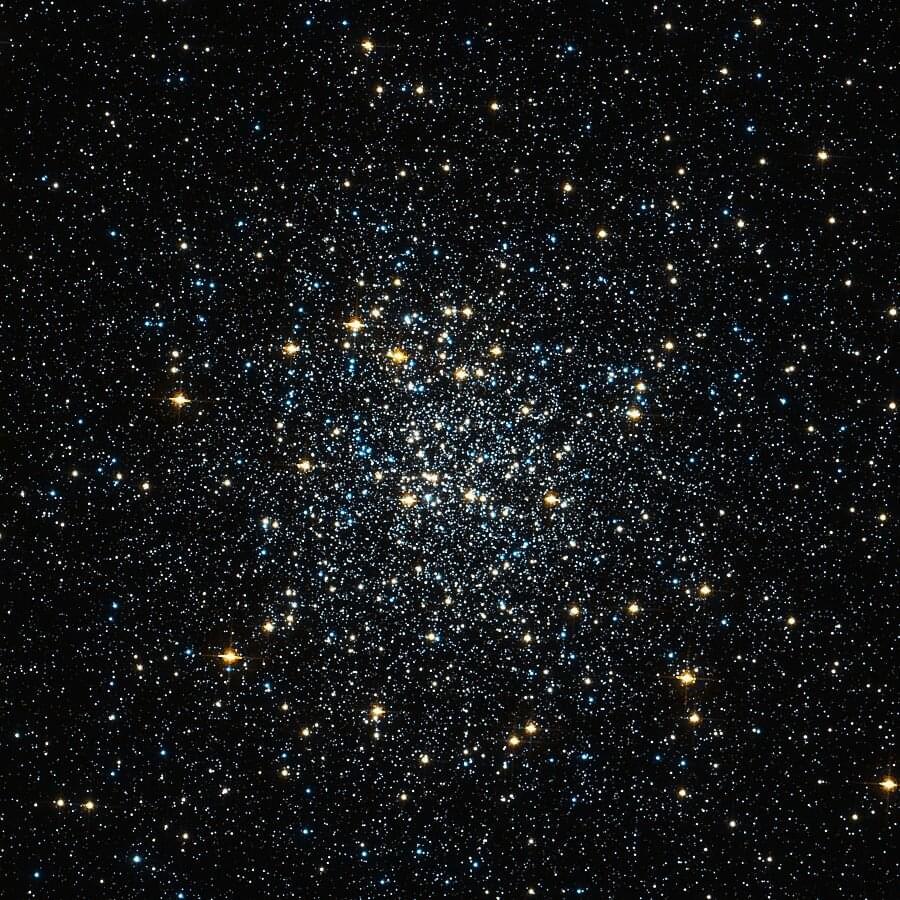
Using the James Webb Space Telescope (JWST) and the Hubble Space Telescope (HST), astronomers from the University of Padua, Italy, and elsewhere have observed a metal-poor globular cluster known as Messier 92. The observations deliver crucial information regarding multiple stellar populations in this cluster. Results were published April 12 on the arXiv pre-print server.
Studies show that almost all globular clusters (GCs) exhibit star-to-star abundance variations of light elements such as helium (He), oxygen (O), nitrogen (N), carbon © and calcium (Na). This indicates self-enrichment in GCs and suggests that star clusters are composed of at least two stellar populations.
Located some 26,700 light years away in the constellation of Hercules, Messier 92 (or M92 for short) is a GC with a metallicity of just-2.31 and a mass of about 200,000 solar masses. The cluster, estimated to be 11.5 billion years old, is known to host at least two stellar generations of stars—named 1G and 2G. Previous studies have found that Messier 92 has an extended 1G sequence, which hosts about 30.4% of cluster stars, and two distinct groups of 2G stars (2GA and 2GB).
